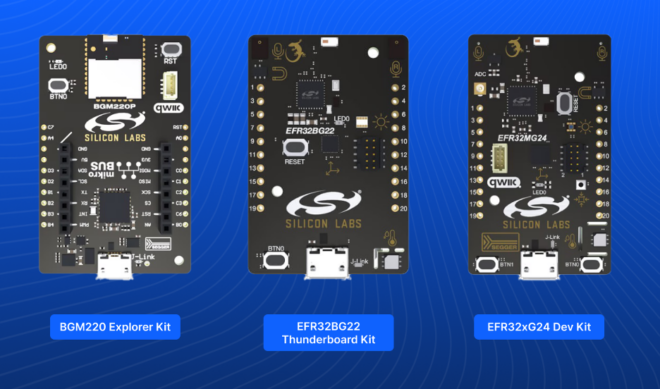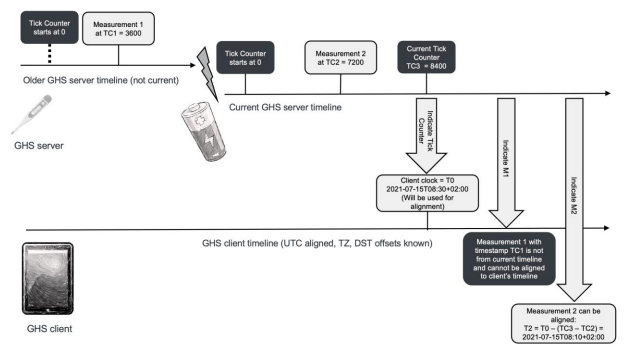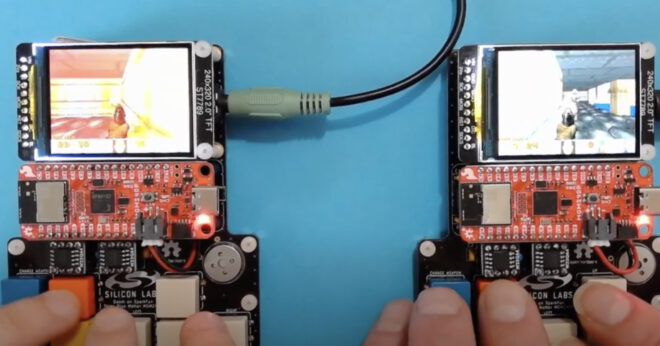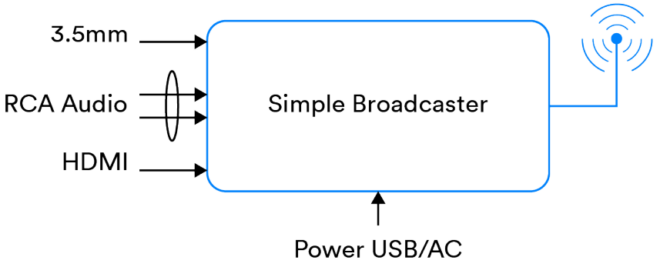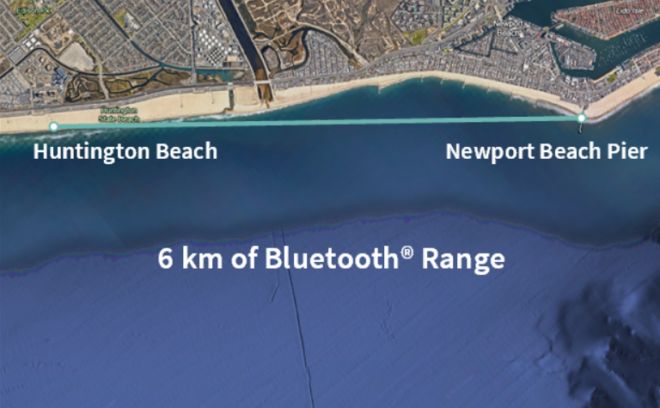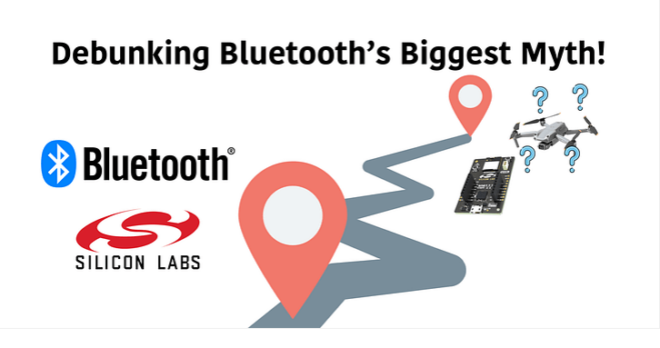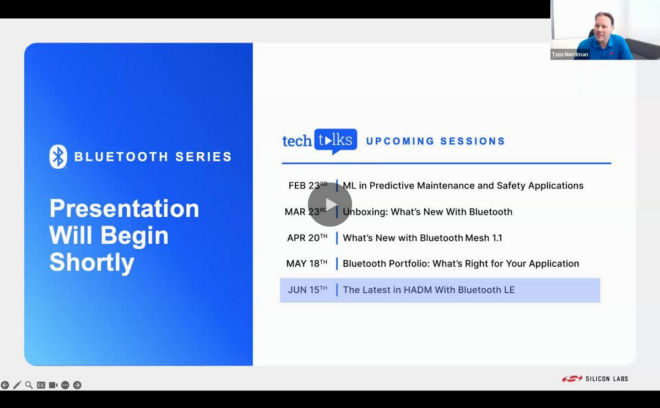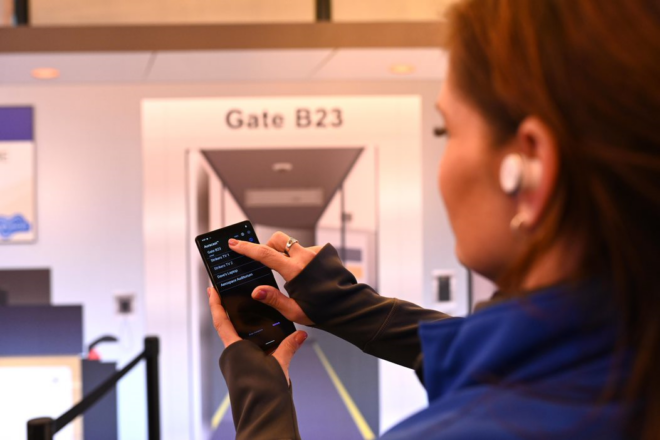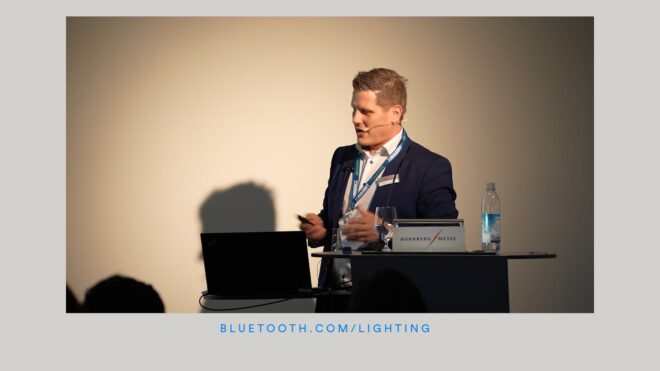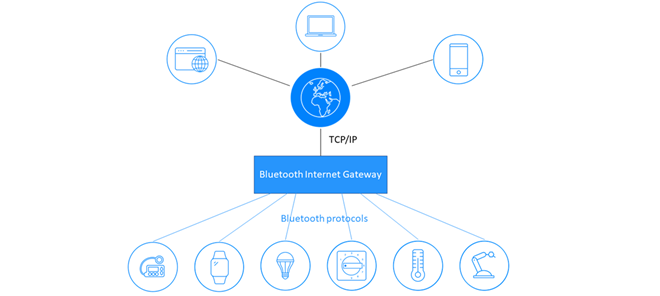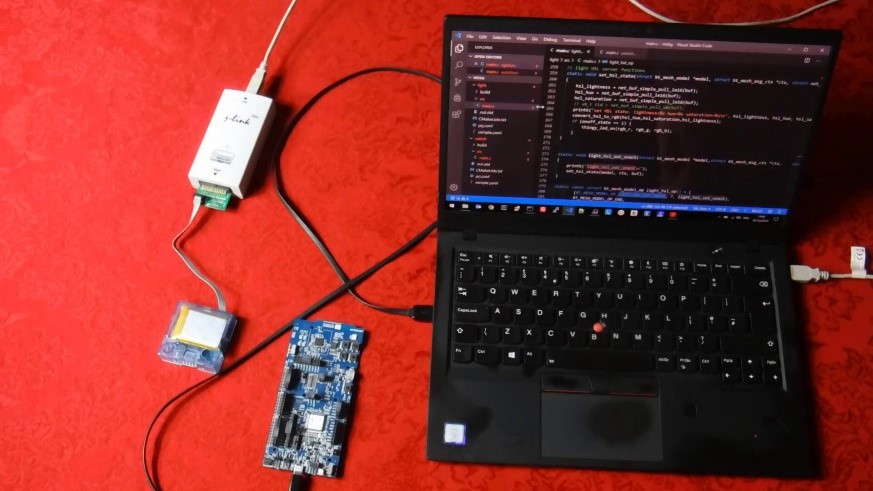 The Bluetooth® Mesh specification was adopted in the summer of 2017 and has already been qualified in almost five hundred products.
The Bluetooth® Mesh specification was adopted in the summer of 2017 and has already been qualified in almost five hundred products.
Bluetooth Mesh allows networks of tens of thousands of Bluetooth devices to be created so that, for example, every device and system in a large building can be monitored, controlled, and participate in automation scenarios.
To help developers learn about Bluetooth Mesh networking, we created the Bluetooth Mesh Developer Study Guide. Study guides are self-paced educational resources which cover both the theory and practical steps involved in developing Bluetooth software.
Version 2.0 of the Bluetooth Mesh Developer Study Guide has been released.
Version 2.0 Highlights
The Bluetooth® Mesh Developer Study Guide uses the Zephyr RTOS for coding exercises and to illustrate what tends to be involved when developers implement Bluetooth Mesh . See https://www.zephyrproject.org/.
Bluetooth Mesh Developer Study Guide 2.0 has been upgraded to use version 1.14.1 of Zephyr, which has Long Term Support (LTS) status and, most importantly, includes a qualified version of the Bluetooth mesh profile. See https://launchstudio.bluetooth.com/ListingDetails/95153.
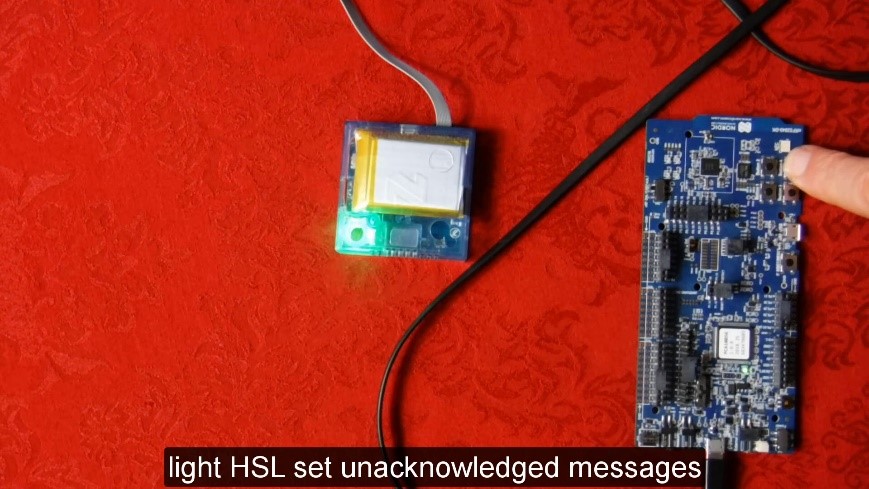
One of the advantages of using Zephyr is that hundreds of developer boards are supported by the OS and SDK. Users of Bluetooth Mesh Developer Study Guide V2.0 are now free to choose the boards they prefer to use, although we do provide a bill of materials which reflects the equipment which was used in creating and testing the exercises.
The use cases and Bluetooth Mesh models covered now include switching lights on or off using the generic on off mesh models and changing the colour of lights using the light HSL mesh models. If you don’t know what a mesh model is, don’t worry. It’s all explained in the theory part of the study guide!
Provisioning is covered in detail in this new release. Guided at every step, developers implement the device code which makes it possible to securely provision their mesh node using a suitable smartphone application.
The Bluetooth Proxy Study Guide
Web, desktop, and mobile application developers who want to know how to create GUI applications with which to monitor or control devices in a Bluetooth® Mesh network should download the companion resource, the Bluetooth Mesh Proxy Study Guide.
The Bluetooth Mesh Developer Study Guide is available for download from the Resources section of the bluetooth.com web site.
![]()

